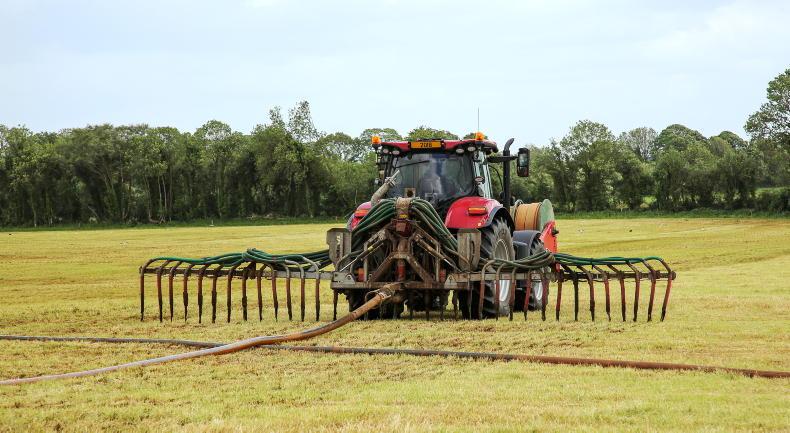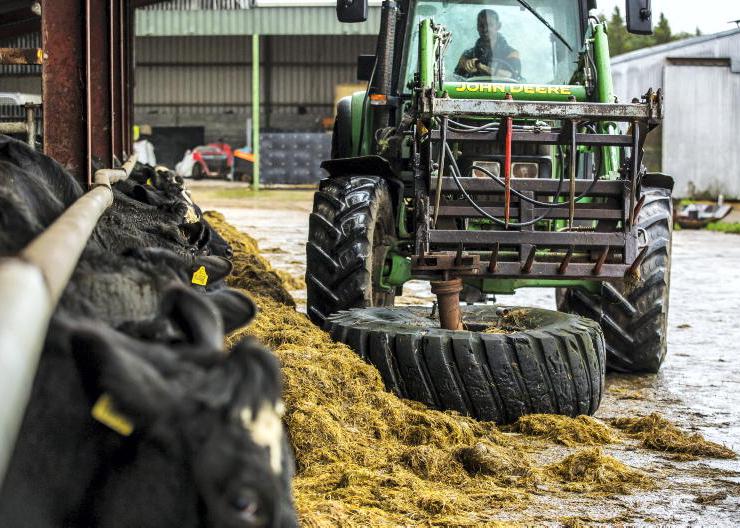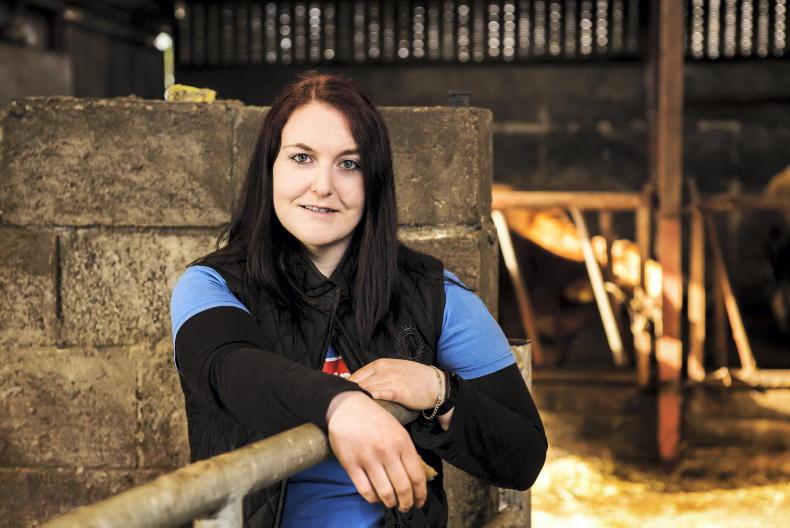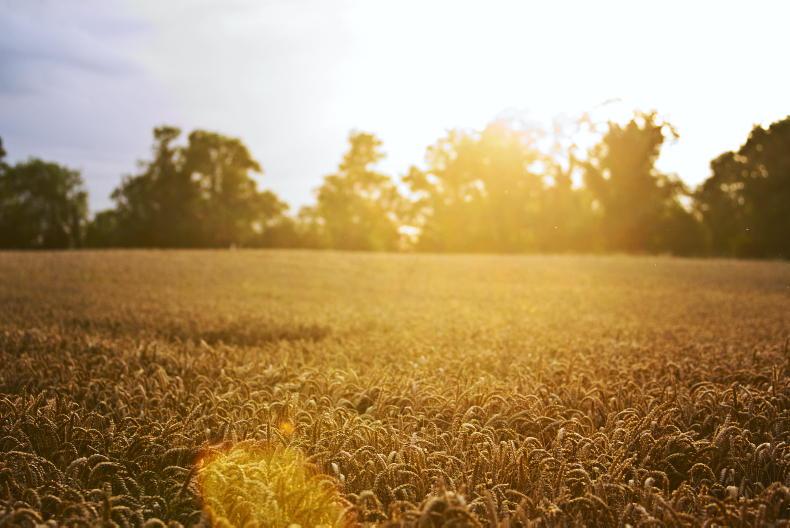Bulls
As most dairy farmers are now approaching or have passed the six weeks of breeding mark, many will be stopping AI and letting out stock bulls to mop up.
At this stage about 20% of the herd is still empty, so the bulls have an important role to play in getting as many of these as possible in-calf.
Some farmers will continue to use AI for a week or so directly after the bulls go out to assist the bulls as they get used to working. The key thing is to make sure the bulls are up to the task.
There should always be at least two bulls running with the herd at any one time, regardless of herd size or age. This makes bull breeding very costly for smaller herds but just using one bull is taking a big risk.
By right, bulls should be used on rotation, getting 24 hours off every 24 hours. This gives them a chance to rest and keeps them keen when they are on duty.
It also reduces the amount of walking they have to do – a key reason for problems with bulls. Bulls are responsible for almost 20% of livestock related deaths on farms over the last decade, so should be treated with utmost caution.
Second cut
How much fertiliser to apply for second cut silage? How much is needed depends on how heavy the crop will be at harvest. If planning for a light cut such as four round bales per acre (2t DM/ha), 40:6:40 plus six of sulphur will suffice.
For medium yielding second cuts such as six bales per acre (3t DM/ha), 60:10:60 plus 10 sulphur will be required, and if planning a heavy second cut of eight bales per acre (4t DM/ha) then 80:13:80 plus 12 sulphur will be required.
You could say the number of bales per acre corresponds with the number of weeks of growth after first cut. The above advice is based on offtakes only, so it doesn’t take into account what nutrients the soil needs for build-up of P and K.
Decent cattle slurry will provide all the P and K requirements for silage ground with the high yielding crop needing 2,500 gallons per acre.
If this slurry is spread with a trailing shoe or dribble bar, an additional three units of nitrogen will be available per 1,000 gallons of slurry.
So a high yielding crop getting 2,500 gallons/ac of slurry with low emission applicator will require 64 units/ac of nitrogen.
Milk yield
As reported last week, cows aren’t milking as well this year. What can farmers do to improve yields? Feeding more meal is break even at best.
The response at this time of year is about 0.75kg of milk for every extra 1kg of meal fed. Even a farmer getting 55c/l for their milk is only making a tiny margin if meal is costing €400/t.
Feeding extra meal will mean the cows have less appetite for grass, and so residuals rise and quality drops, leading to a further drop in milk yield.
The best policy is to keep the focus on providing the best quality grass to cows as possible. Trying to influence yield with meal is futile.
By all means use meal to fill a gap in the feed wedge, but weather conditions and grass quality will influence milk yield to a much greater extent.









SHARING OPTIONS